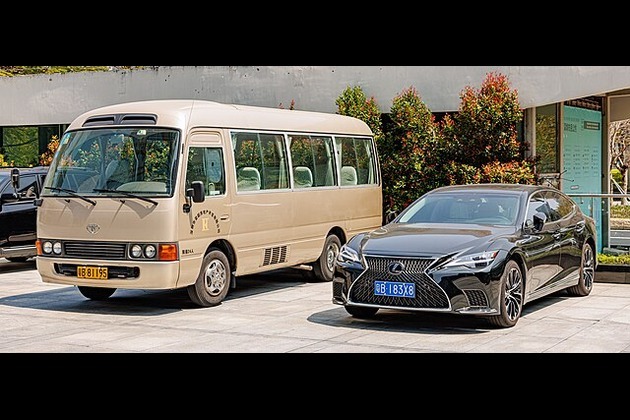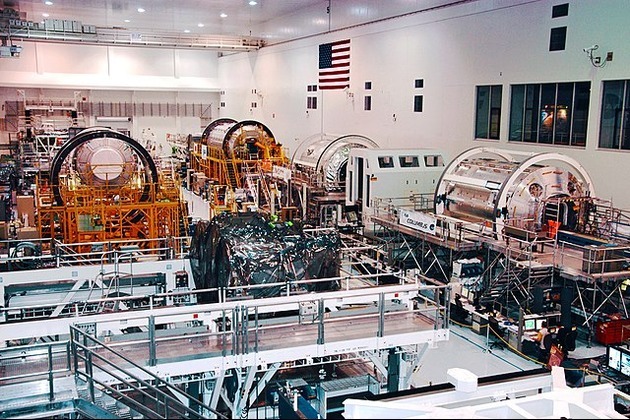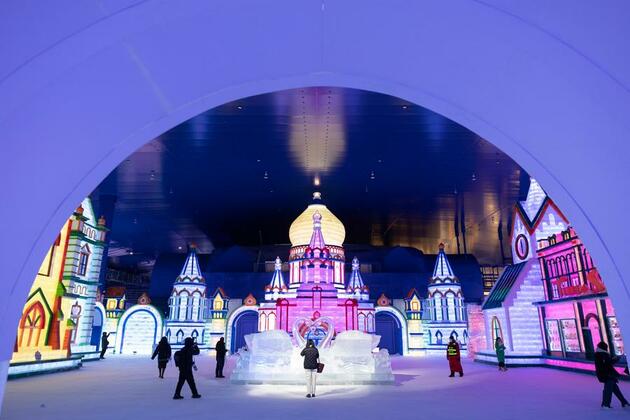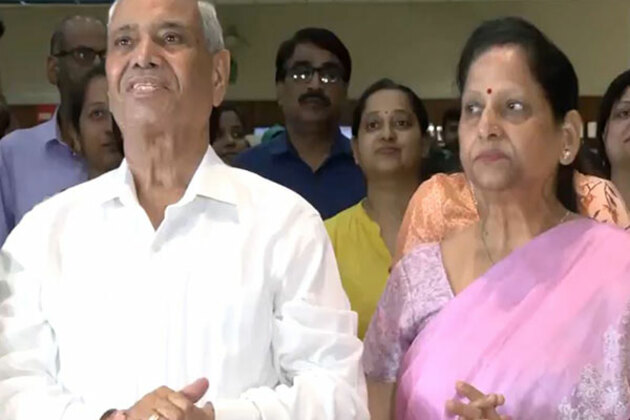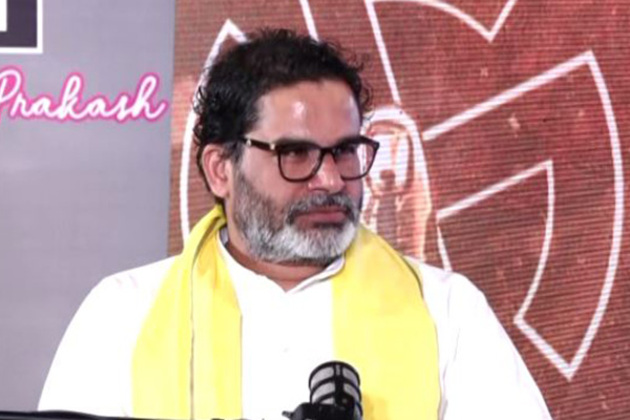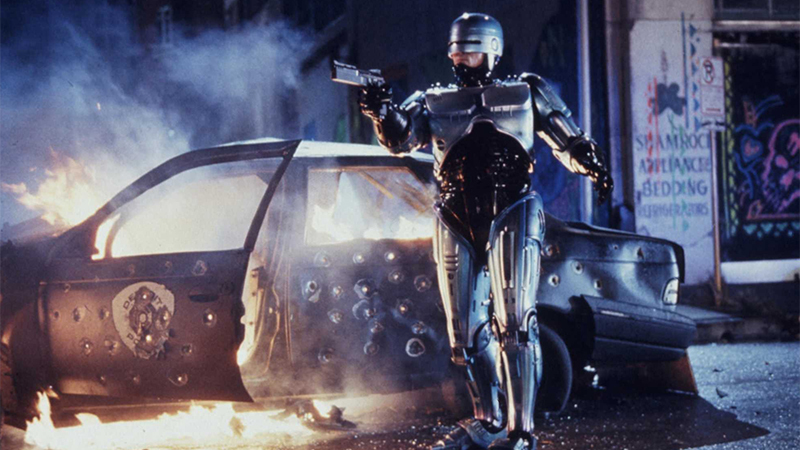How did apartment blocks change under Stalin, Khrushchev & Brezhnev
RBTH
27 Sep 2023, 17:25 GMT+10
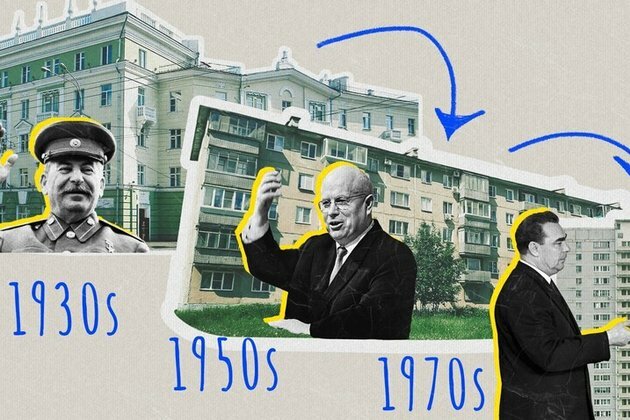
From 'stalinka' and 'khrushchyovka' to the "improved designs" of Brezhnev's times: How did the construction of the country change depending on who was in charge.
'Stalinka'
- Ceiling height: 3-4 meters
- Apartment area: from 32 square meters (one-room apartment) to 110 square meters (four-room apartment)
- Kitchen area: from 7 square meters
- Number of stories: from 2 to 30
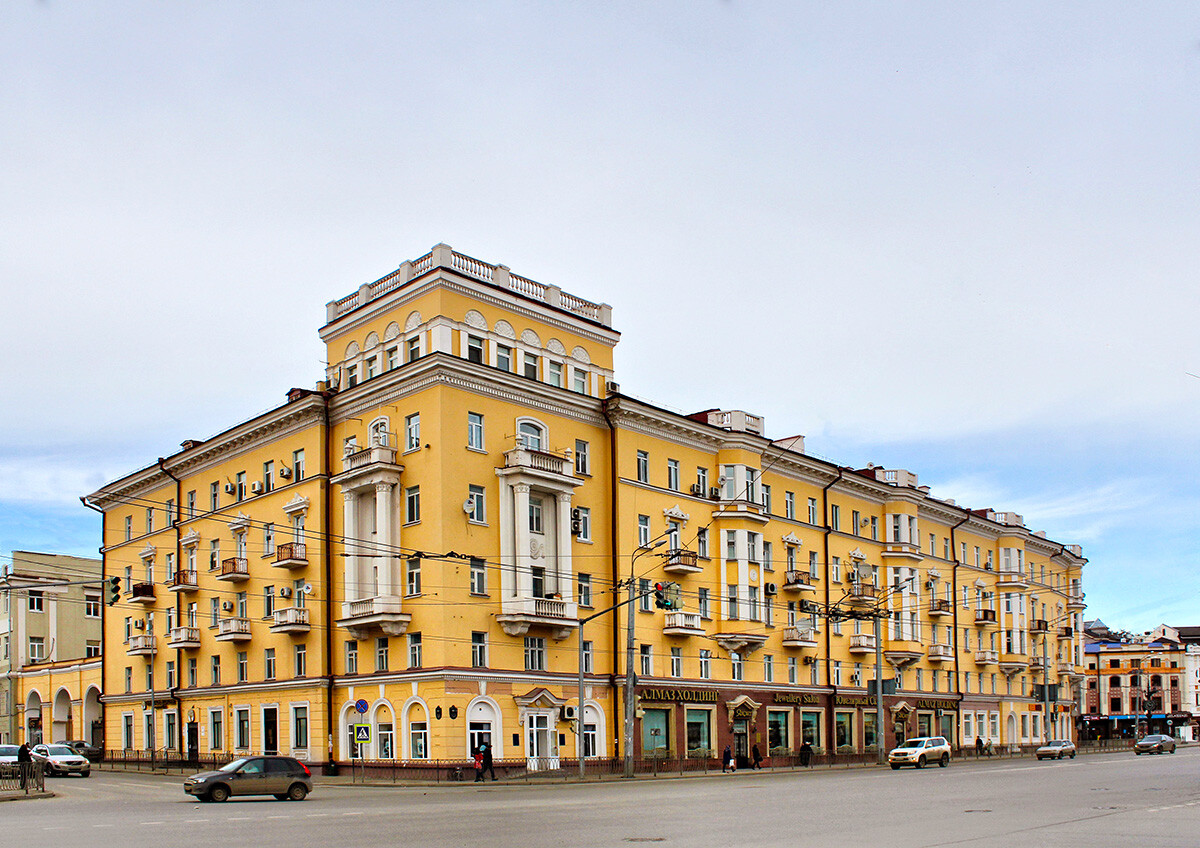
Stalinka in Kazan, Казань. "Сталинка" на перекрестке улиц Пушкина и Островского (улица Пушкина, 5/43) - - - Andris Malygin (CC BY 3.0)
Andris Malygin (CC BY 3.0)
During the 1930s, an accelerated industrialization of the country began under Stalin. A previously mainly agrarian country was not ready to accept such a large wave of workers in the cities. Everyone had to be supplied with housing. So, the second 'five-year plan' for the development of the national economy of the USSR established the necessity of "the decisive improvement of the entire housing and utility matters in the USSR".
In many cities, mass construction of houses with two floors and above (up to 30 or more, as, for example, in Stalin's high-rise buildings in Moscow) began.. Buildings that had five stories or more had an elevator. Inside such buildings, there were spacious entrances and halls; apartments had large kitchens, high ceilings and long corridors. Many 'stalinkas' were also adapted as communal apartment blocks - a whole family lived in each separate room, while toilets and bathrooms were shared.
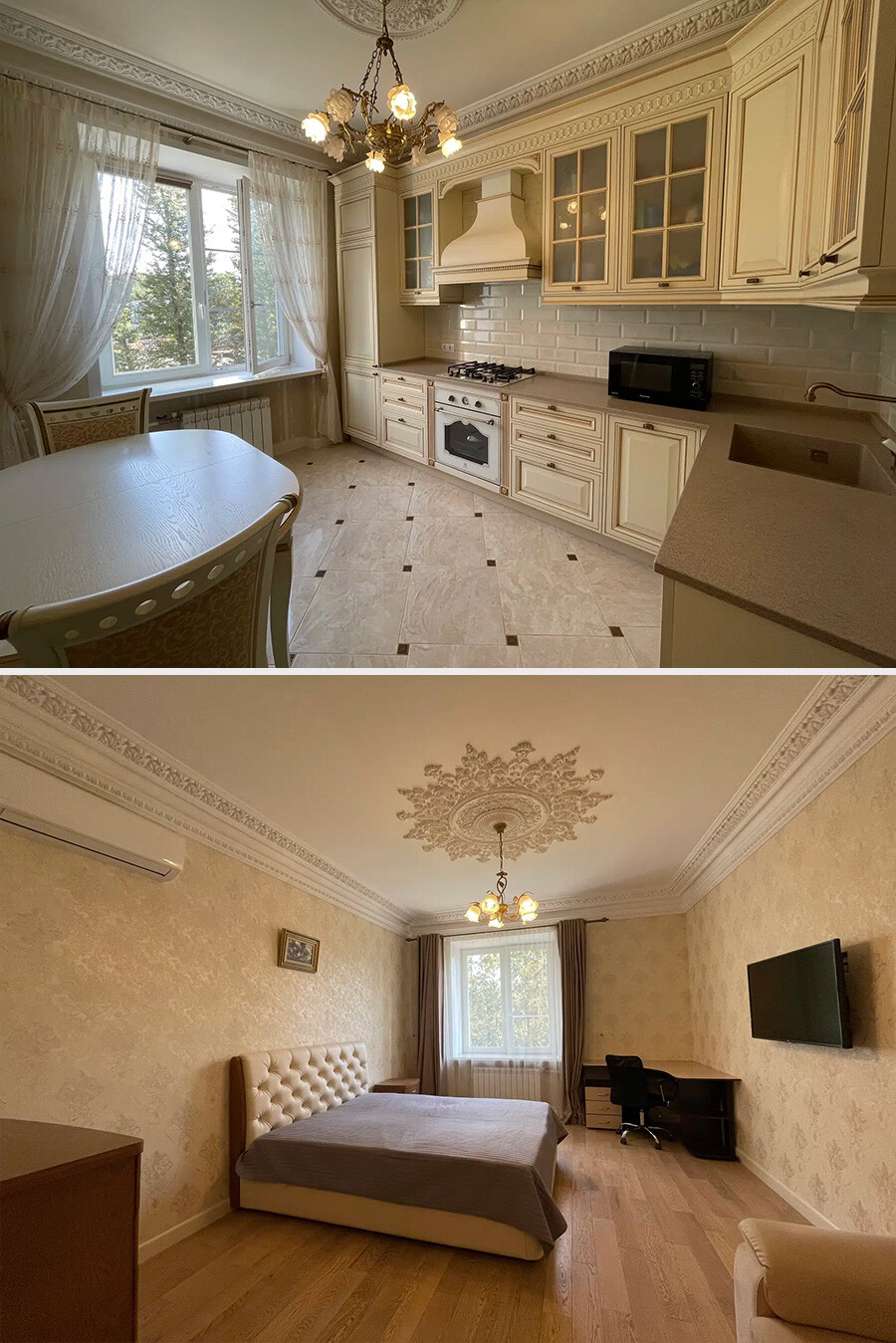
Stalinkas have big kitchens and rooms and high ceilings
'Stalinkas' are still considered elite housing. They were often built along large streets and 'prospekts' ('avenues') and were designed in the Neoclassical style - their facades featured decorations that included columns, stucco, bas-reliefs and statues. First of all, high-ranked government officials, military people and party nomenclature resided in these blocks.
'Khrushchyovka'
- Ceiling height: 2.5 meters
- Apartment area: from 28 square meters (one-room apartment) to 68 square meters (four-room apartment, but those were rare)
- Kitchen area: 4.5-6 square meters
- Number of stories: up to 5
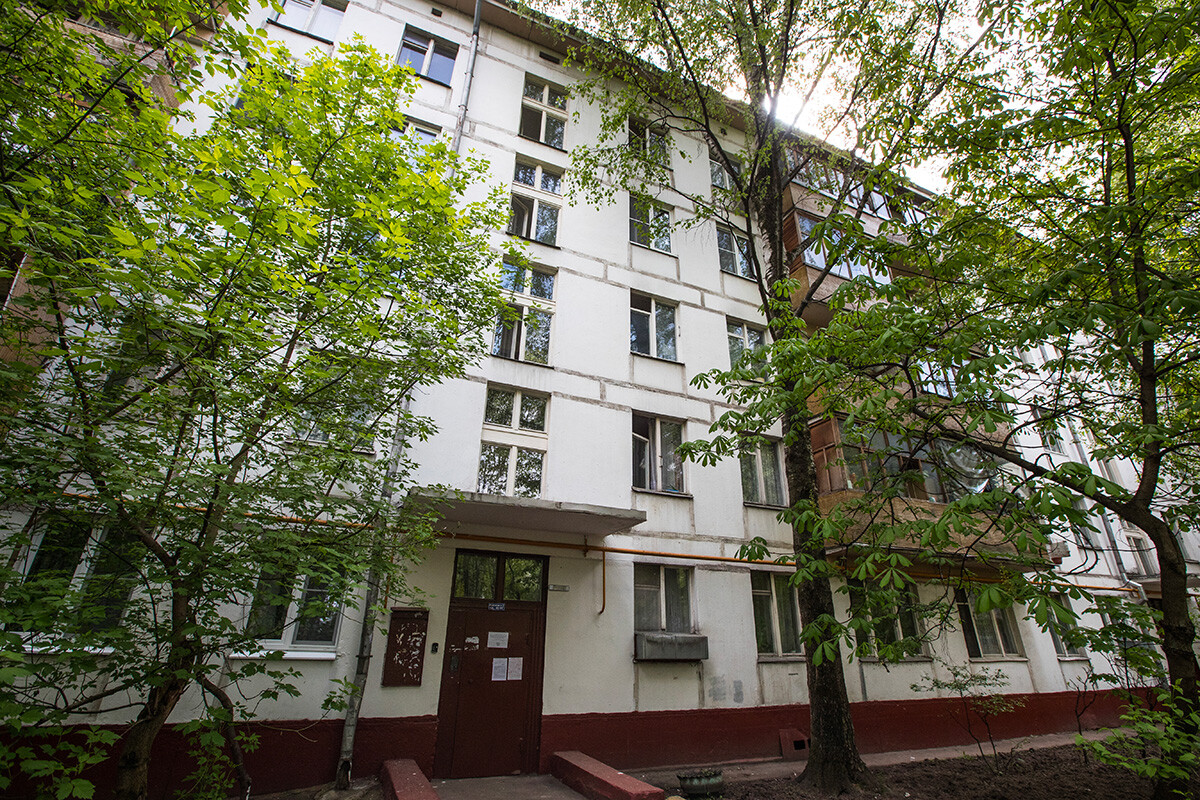
Khrushchyovka in Moscow
Stanislav Krasilnikov/TASS
The construction of 'stalinkas' was stopped in 1955 after Khrushchev's decree "on removing excesses from design and construction". The new Secretary General criticized architects for squandering. Decorations were completely removed, with the new style being characterized as "functionalism".
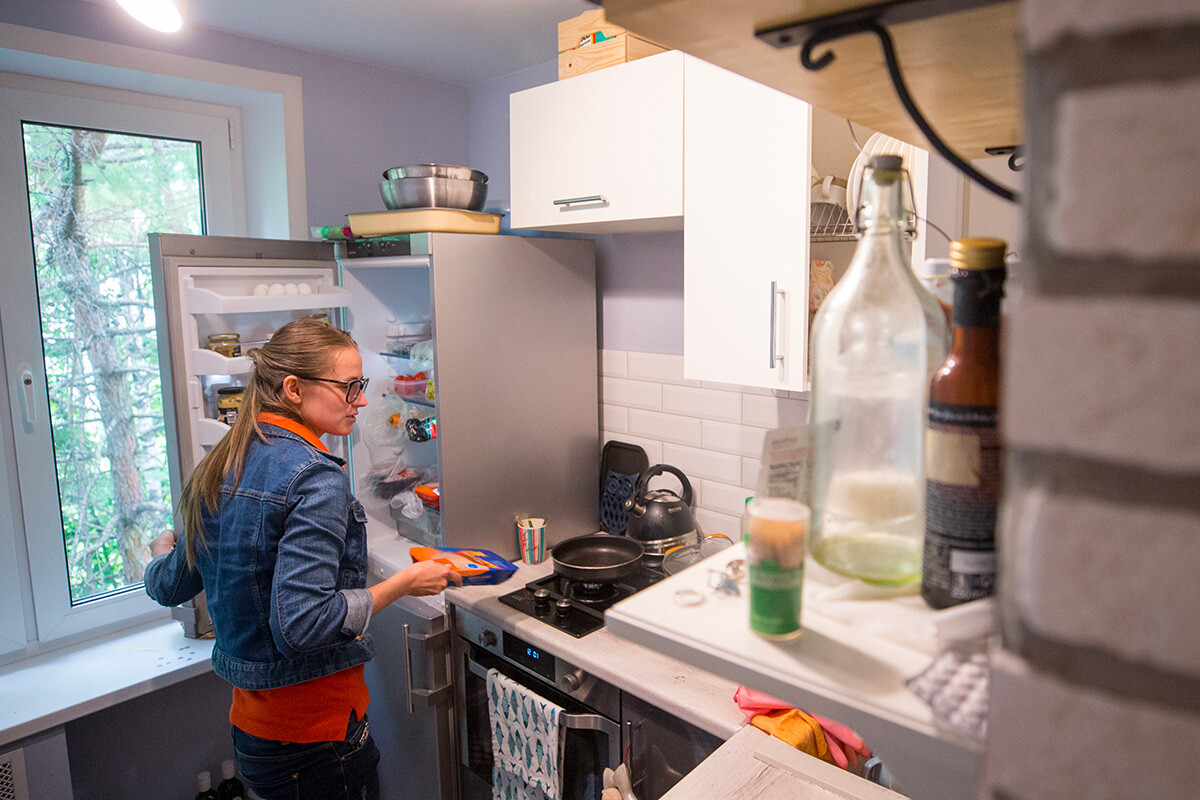
Tiny kitchens in khrushchyovksas were advertised as an advantage (you can reach everything with your hand, and you don't have to walk far)
Stanislav Krasilnikov/TASS
'Khrushchevkas' became mass standardized apartment buildings. Instead of brick complexes, mainly cheaper block- or panel buildings were now built. The area size of the rooms and the ceiling height were decreased dramatically; such blocks almost never had elevators. It was important to supply as many citizens as possible with housing - preferably, every family should have had their own separate apartment.
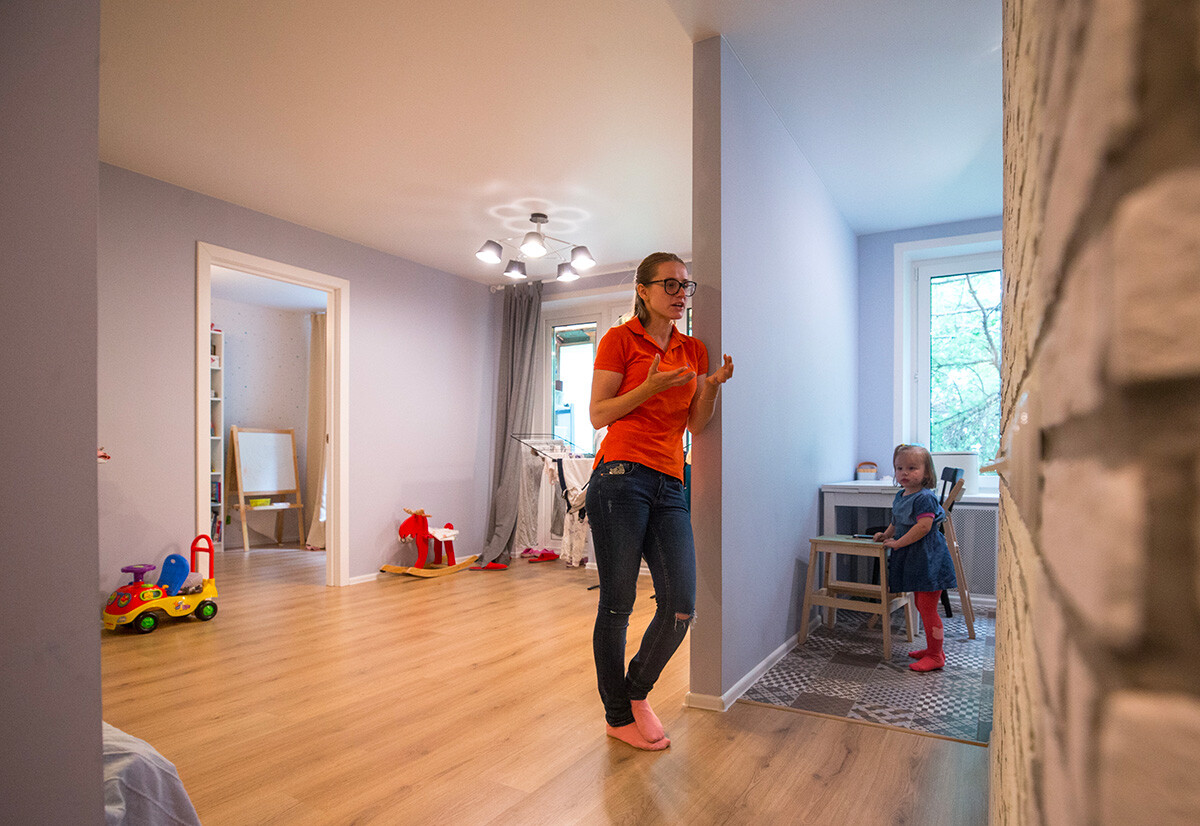
Modern-day khrushchyovka after the renovation (people tend to remove walls and make kitchen and hall into one bigger place)
Stanislav Krasilnikov/TASS
The construction of 'khrushchyovkas' continued from 1956 right until the end of the 1960s and it was truly able to overcome the housing crisis. The construction of whole residential neighborhoods was now exercised. Despite the fact that the apartments were very small, many families were happy to live privately (and to have their own bathroom) and not in communal apartments.
Read more about the construction of 'khrushchyovkas' here.
'Brezhnevka'
- Ceiling height: 2.7 meters
- Apartment area: from 33 square meters (one-room apartment) to 76 square meters (four-room apartment)
- Kitchen area: 6.8-7.4 square meters
- Number of stories: from 8 to 17
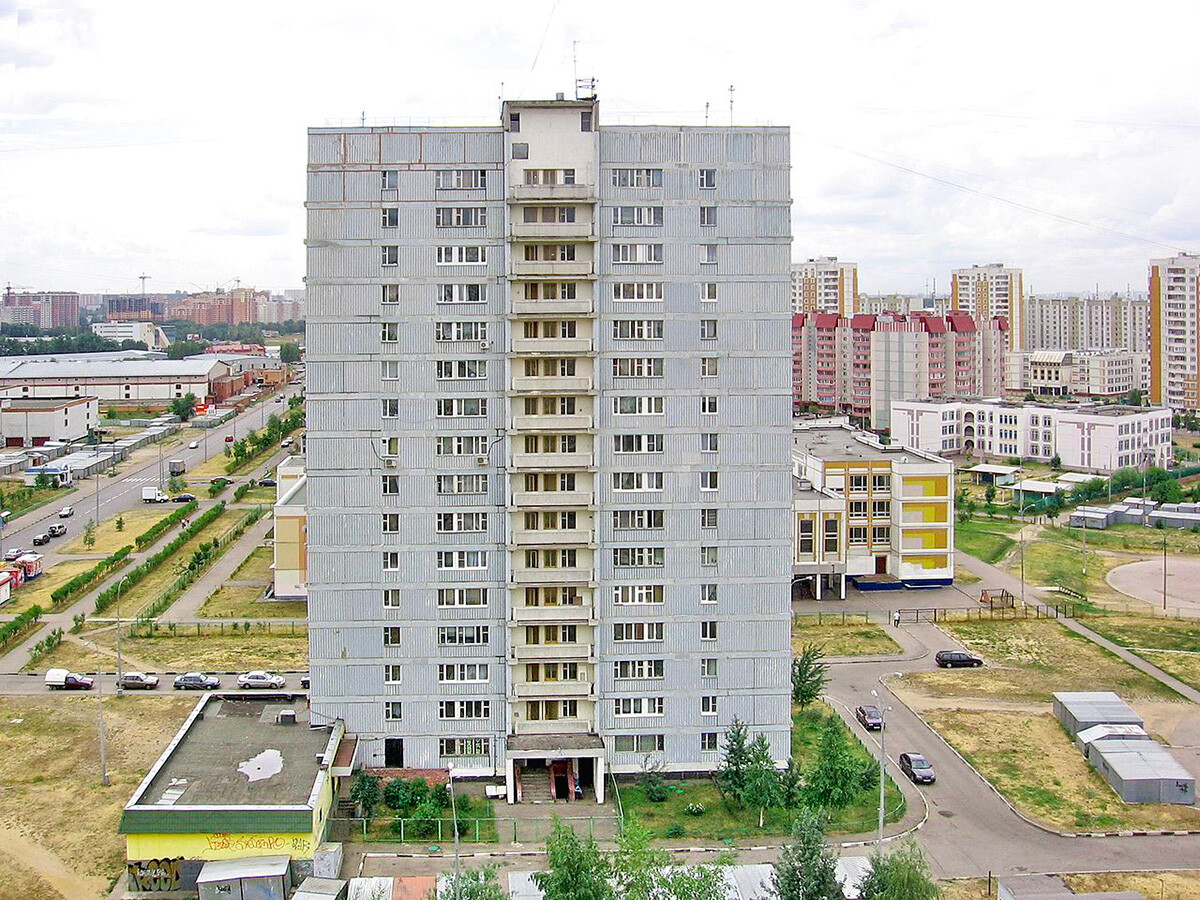
Typical brezhnevka (with series number II-68)
Fr0nt (CC BY 3.0)
At the end of the 1960s, when Leonid Brezhnev came to power, it was clear that the city population was continuing to grow and the construction of apartment buildings had to be continued at an accelerated pace. On top of that, the population complained about khrushchyovkas, the quality of which was very low (small areas, thin walls, no elevators).
That's how Brezhnev's buildings with the "improved design" apartments appeared. And they were constructed right until the end of the 1990s. They had elevators; buildings 14 stories high and more even had cargo elevators. Their stairwells often had garbage chutes. The kitchen size in apartments increased; the apartments now had a corridor. Usually all the rooms in 'khrushchyovkas' were passage rooms, but these apartments now had isolated rooms.
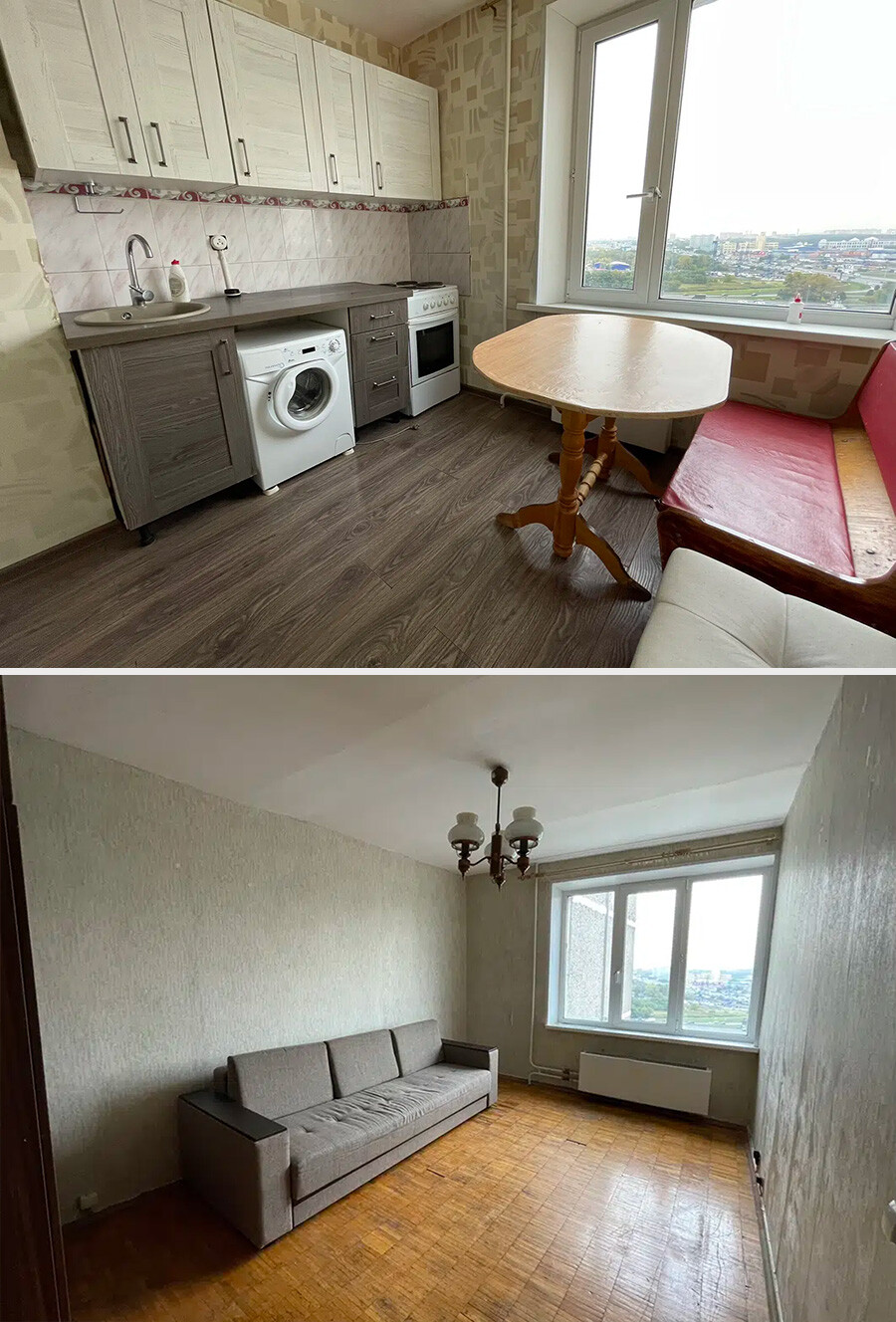
Kitchen and rooms in brezhnevkas were bigger than in khrushchyovkas
Today, 'brezhnevkas' comprise the bulk of secondary housing available for purchase. They are located both on the outskirts and in central city districts. There were a dozen standardized types of 'brezhnevkas'. They were built both as 'tower blocks'(12-16 stories with one entrance) or, for example, multi-sectioned homes with up to 13 entrances. The construction materials used were blocks, bricks or panels; and 'brezhnevkas' also came in a variety of different colors.
Dear readers,
Our website and social media accounts are under threat of being restricted or banned, due to the current circumstances. So, to keep up with our latest content, simply do the following:
- Subscribe to our Telegram channel
- Subscribe to our weekly email newsletter
- Enable push notifications on our website
- Install a VPN service on your computer and/or phone to have access to our website, even if it is blocked in your country
 Share
Share
 Tweet
Tweet
 Share
Share
 Flip
Flip
 Email
Email
Watch latest videos
Subscribe and Follow
Get a daily dose of Professional Autos news through our daily email, its complimentary and keeps you fully up to date with world and business news as well.
News RELEASES
Publish news of your business, community or sports group, personnel appointments, major event and more by submitting a news release to Professional Autos.
More InformationBusiness
SectionAmazon still trails UK grocers on fair supplier treatment
LONDON, U.K.: Amazon has once again been rated the worst major UK grocery retailer by its suppliers when it comes to following fair...
How Chinese vapes reach US stores despite import restrictions
LONDON/NEW YORK/CHICAGO: In suburban Chicago, just 15 minutes from O'Hare International Airport, a small customs brokerage quietly...
Wall Street trades sideway as Mideast tensions subside
NEW YORK, New York, - U.S. stocks were split, but little moved Wednesday after a positive start to the week heralded by a two-day rally....
Tesla robotaxi trials begin in Austin
NEW YORK CITY, New York: Elon Musk is taking a big step toward making his long-promised robotaxi dream a reality. Over the weekend,...
Toyota hikes US auto prices, says move is not tariff-driven
PLANO, Texas: Toyota Motor will raise prices across a range of vehicles in the United States starting next month, the Japanese automaker...
Tariffs, inflation raise stagflation risk as Fed eyes next move
WASHINGTON, D.C.: U.S. business activity showed signs of softening in June while inflationary pressures continued to build, driven...
Engineering
SectionCongratulations, Docking accomplished: Union Minister Jitendra Singh on Axiom 4 mission
New Delhi [India], June 26 (ANI): After Axiom 4 mission aboard the SpaceX Dragon spacecraft successfully docked at the International...
InPics: A city tour of Harbin
HARBIN, June 26 (Xinhua) -- Harbin is often described by its residents as a city that emerged in tandem with the railway. Iconic buildings...
UP: Axiom 4 Pilot Shubhanshu Shukla's family to meet CM Yogi Adityanath in Lucknow
Lucknow (Uttar Pradesh) [India], June 26 (ANI): The family of Axiom Mission 4 (Ax-4) pilot and Indian Air Force Group Captain Shubhanshu...
"We still face hunger, poverty, helplessness": Prashant Kishor criticises Centre for failing to deliver on key issues in Bihar
Patna (Bihar) [India], June 26 (ANI): Ahead of the upcoming Bihar elections, Jan Suraaj Party (JSP) founder Prashant Kishor has criticised...
"It's a very happy thing...", says Udit Narayan as IAF Group Captain Shubhanshu Shukla picks 'Yun Hi Chala Chal' song for Axiom 4 Mission launch day
New Delhi [India], June 26 (ANI): As Indian Air Force (IAF) Group Captain Shubhanshu Shukla, the pilot of the Axiom Mission 4, revealed...
Congratulations: Jitendra Singh after Axiom-4 piloted by Group Captain Shukla docks successfully at International Space Station
New Delhi [India], June 26 (ANI): After Axiom 4 mission aboard the SpaceX Dragon spacecraft successfully docked at the International...





